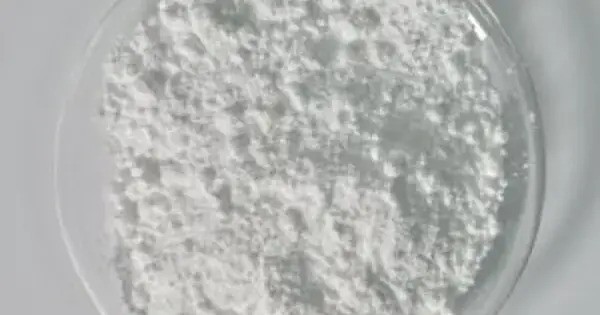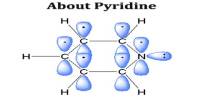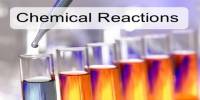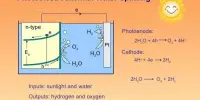Aluminium hydride (also known as alane and alumane) refers to a collection of inorganic compounds with the formula AlH3. It is an unstable and highly reactive substance that is typically found in the form of a solid, but it tends to decompose easily, especially under normal conditions. Because of its instability, aluminium hydride does not exist as a free compound in nature and is usually prepared under controlled conditions.
As a gas, alane is a planar molecule. When generated in ether solutions, it exists as an ether adduct. Solutions of alane polymerizes to a solid, which exists in several crystallographically distinguishable forms. It typically forms a polymeric structure where each aluminium atom is bonded to multiple hydrogen atoms.
Properties
- Chemical formula: AlH3
- Molar mass: 30.006 g·mol−1
- Appearance: white crystalline solid, non-volatile, highly polymerized, needle-like crystals
- Density: 1.477 g/cm3, solid
- Melting point: 150 °C (302 °F; 423 K) starts decomposing at 105 °C (221 °F)
- Solubility in water: reacts
- Solubility: soluble in ether, reacts in ethanol
Preparation
Aluminium hydrides and various complexes thereof have long been known. Its first synthesis was published in 1947, and a patent for the synthesis was assigned in 1999. Aluminium hydride is prepared by treating lithium aluminium hydride with aluminium trichloride. The procedure is intricate: attention must be given to the removal of lithium chloride.
3 Li[AlH4] + AlCl3 → 4 AlH3 + 3 LiCl
The ether solution of alane requires immediate use, because polymeric material rapidly precipitates as a solid. Aluminium hydride solutions are known to degrade after 3 days. Aluminium hydride is more reactive than Li[AlH4].
Several other methods exist for the preparation of aluminium hydride:
2 Li[AlH4] + BeCl2 → 2 AlH3 + Li2[BeH2Cl2]
2 Li[AlH4] + H2SO4 → 2 AlH3 + Li2SO4 + 2 H2
2 Li[AlH4] + ZnCl2 → 2 AlH3 + 2 LiCl + ZnH2
2 Li[AlH4] + I2 → 2 AlH3 + 2 LiI + H2
Stability
Aluminium hydride is unstable and decomposes easily, especially under heat or when exposed to moisture. The decomposition produces aluminium and hydrogen gas:
2AlH3 → 2Al + 3H2
It is thermodynamically unstable and usually only exists under highly controlled conditions (low temperatures and dry environments).
Reactivity
It reacts violently with water, releasing hydrogen gas. This makes it potentially hazardous in certain situations. AlH₃ can also serve as a reducing agent in certain chemical reactions, particularly in organic synthesis.
Uses
Due to its instability, aluminium hydride doesn’t have many direct applications, but it has been studied as a potential source of hydrogen for fuel cells and as a reducing agent in organic synthesis.
Handling and Safety
Given its tendency to decompose and release hydrogen gas, it must be handled with care, usually under inert gas conditions (e.g., nitrogen or argon) to prevent unwanted reactions.
















